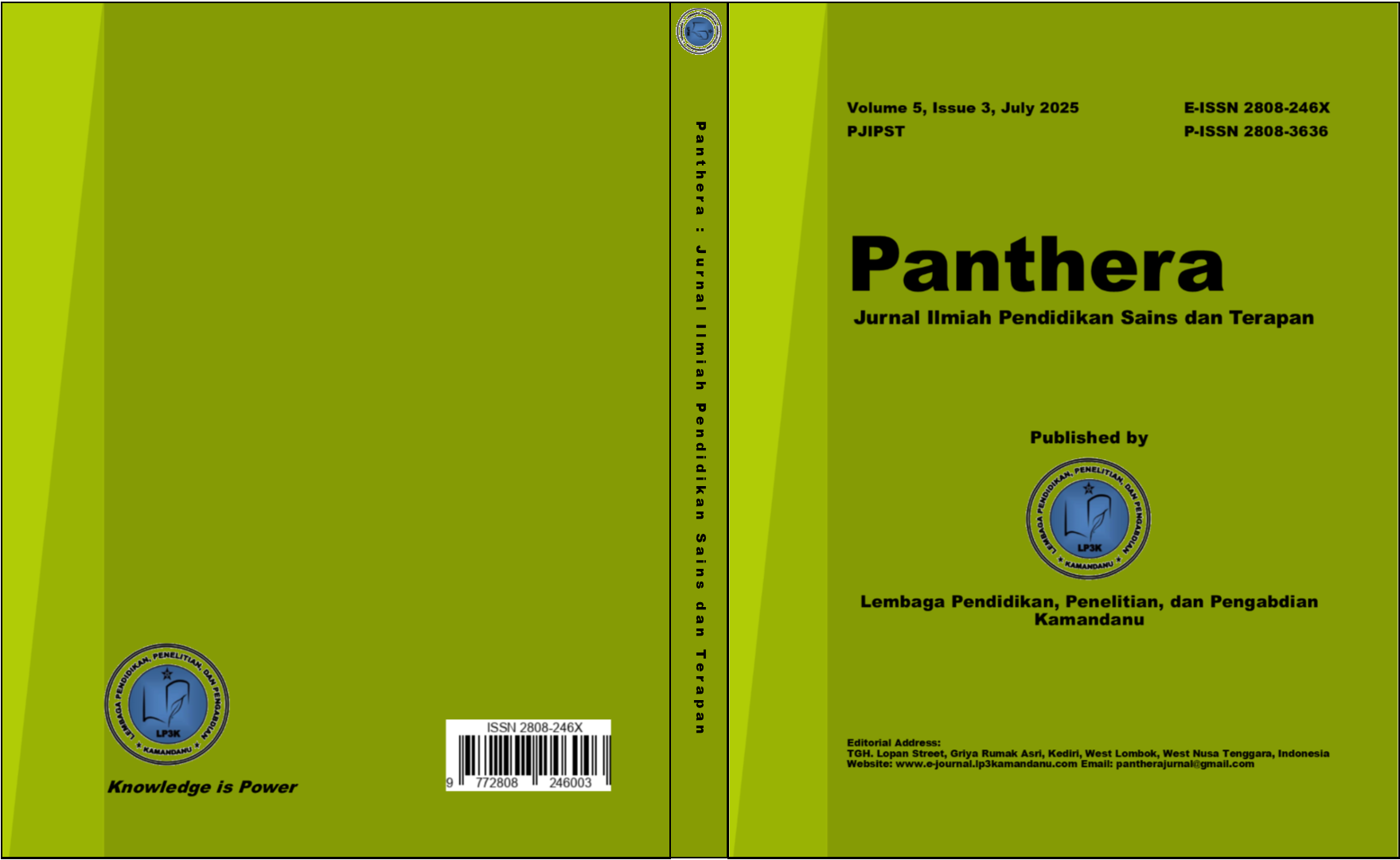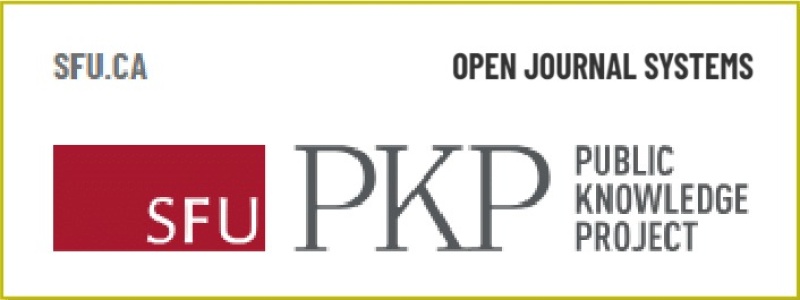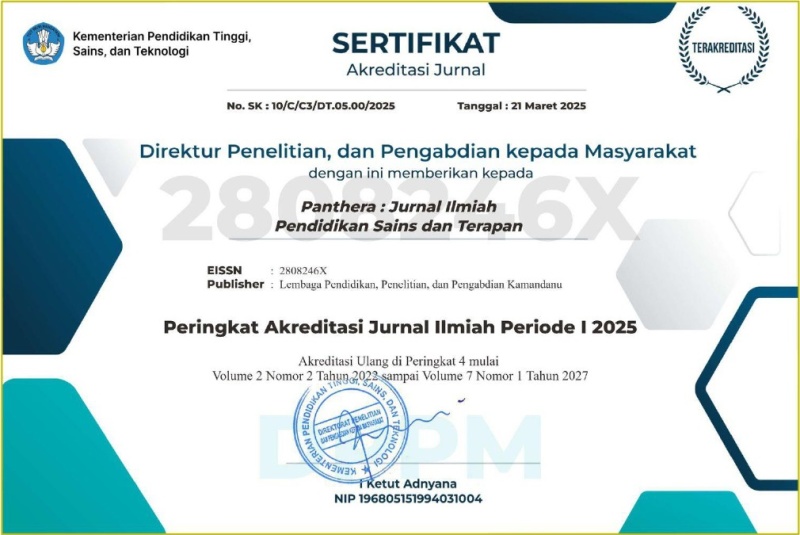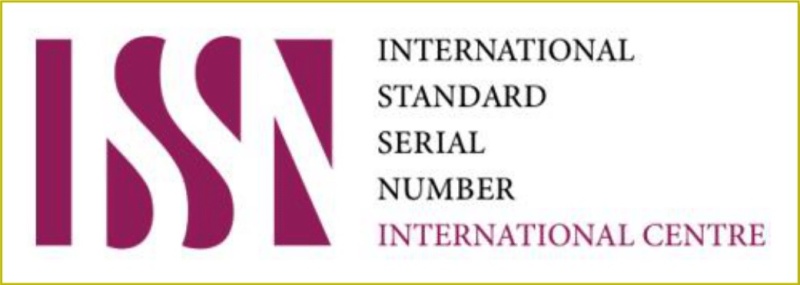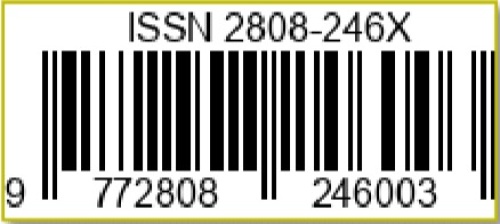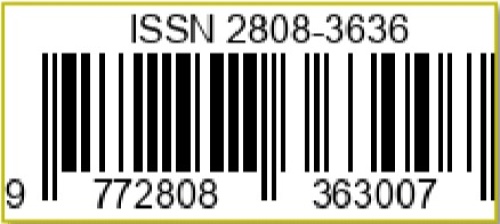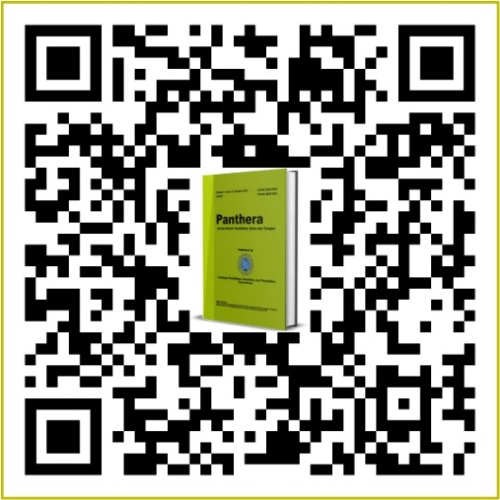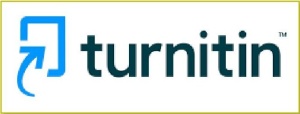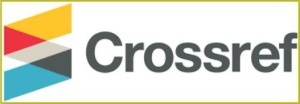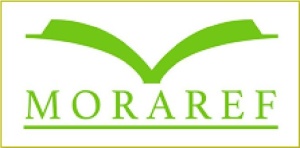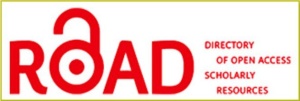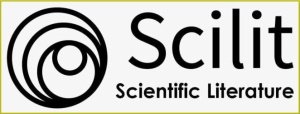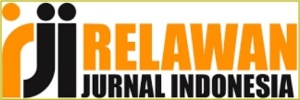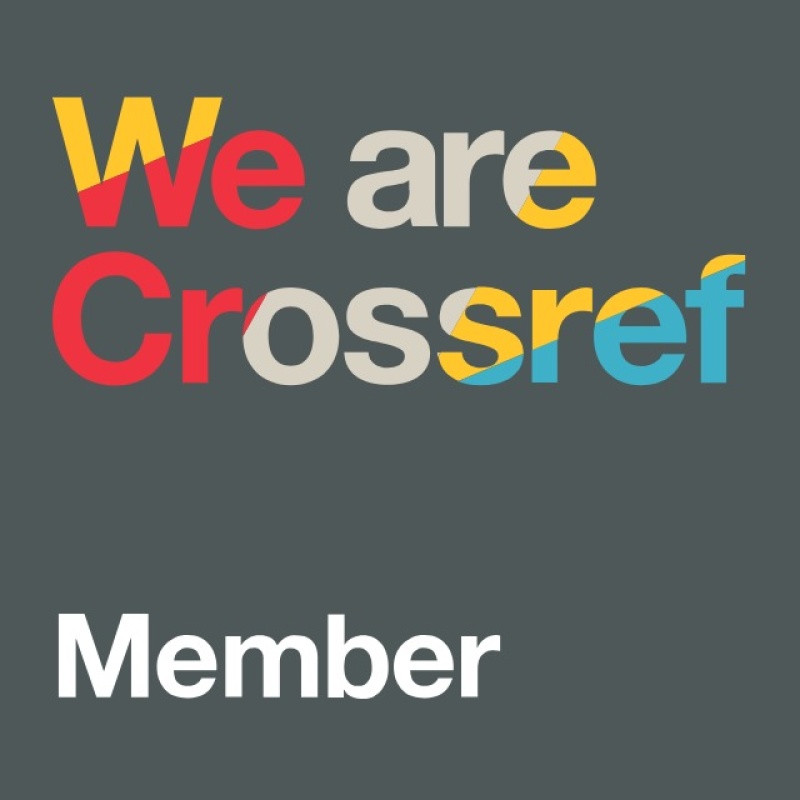Pengembangan E-Module Pembelajaran Berbasis Android untuk Meningkatkan Pemahaman Siswa pada Materi Sistem Rem Antilock Breaking System di SMK Teuku Umar Semarang
DOI:
https://doi.org/10.36312/panthera.v5i3.478Keywords:
E-Module, Media Feasibility, ABS Brake SystemAbstract
This research aims to develop an Android-based learning e-module to increase students' understanding of the Antilock Braking System (ABS) brake system material at SMK Teuku Umar Semarang. The research method uses the ADDIE (Analysis, Design, Development, Implementation, and Evaluation) development model. The research subjects involved 30 students and 2 subject matter experts. The pre-test results showed an average score of 70.4 which increased to 80.8 in the post-test, with an n-gain value of 0.3513 (medium category). The e-module feasibility assessment by subject matter experts and students obtained an average score of 94.375% (very feasible category). The results of the study show that Android-based e-modules are effective in improving students' understanding of ABS brake system materials and are suitable for use as a learning medium in vocational schools. Based on these results, it shows that the use of Android-based e-modules is effective in increasing students' understanding of ABS brake system materials, and is suitable for use as a learning medium in vocational schools.
Downloads
References
Adelia, A. D., & Achmadi, T. A. (2025). Pengembangan E-Modul Interaktif sebagai Media Pembelajaran Rias Wajah di SMKN 6 Semarang. Peshum : Jurnal Pendidikan, Sosial, dan Humaniora, 4(3), 4315-4325. https://doi.org/10.56799/peshum.v4i3.8298
Amdani, K. (2023). Pengembangan Alat Peraga Bandul Matematis Berbasis Mikrokontroler sebagai Media Pembelajaran Fisika pada Materi Gerak Harmonis Sederhana di Kelas X Madrasah Aliyah Negeri 3 Medan. Jurnal Ikatan Alumni Fisika, 7(3), 1-20. https://doi.org/10.24114/jiaf.v7i3.42122
Asari, A., Astu, T. W., Saleh, M. S., Purba, S., Rachmatiyah, R., Fariati, W. T., Hendarsyah, D., Arifin, A., Nova, M., Fakhri, N., & Anna, N. E. V. (2023). Peran Media Sosial dalam Pendidikan. Yogyakarta: CV. Istana Agency.
Masruroh, D., & Agustina, Y. (2021). E-Modul Berbasis Android sebagai Pendukung Pembelajaran Daring dan Upaya untuk Meningkatkan Hasil Belajar Peserta Didik. Jurnal Ekonomi, Bisnis, dan Pendidikan, 1(6), 559-568. https://doi.org/10.17977/um066v1i62021p559-568
Milanti, A. A., Lasambouw, C. M., & Maulana, M. Y. (2023). Validasi E-Modul Berbasis Mobile Learning dalam Pembelajaran Inovatif Pendidikan Kewarganegaraan. Journal of Education Research, 4(4), 1543-1552. https://doi.org/10.37985/jer.v4i4.482
Munir, S., Pratikto, H., & Rahayu, W. P. (2024). Merdeka Belajar, Merdeka Berkarya: E-Modul Android untuk Mendukung Implementasi Kurikulum Merdeka. Research and Development Journal of Education, 10(1), 617-627. http://dx.doi.org/10.30998/rdje.v10i1.23584
Novriani, S., Hakim, L., & Lefudin, L. (2021). Pengembangan E-LKPD Materi Momentum dan Impuls Berbasis Android untuk Meningkatkan Pemahaman Konsep Siswa. Phenomenon : Jurnal Pendidikan MIPA, 11(1), 29-44. https://doi.org/10.21580/phen.2021.11.1.7136
Pramudita, R., Arifin, R. W., Alfian, A. N., Safitri, N., & Anwariya, S. D. (2021). Penggunaan Aplikasi Figma dalam Membangun UI/UX yang Interaktif pada Program Studi Teknik Informatika STMIK Tasikmalaya. Jurnal Buana Pengabdian, 3(1), 149-154. https://doi.org/10.36805/jurnalbuanapengabdian.v3i1.1542
Prasetya, D., & Iswandi, H. (2025). Pelatihan Desain UI/UX Menggunakam Figma di SMK Muhammadiyah 1 Palembang. Community Development Journal : Jurnal Pengabdian Masyarakat, 6(2), 2453-2459. https://doi.org/10.31004/cdj.v6i2.40477
Redhana, I. W. (2024). Literasi Digital: Pedoman Menghadapi Society 5.0. Yogyakarta: Samudra Biru.
Reza, R., Fikri, F., Khairul, K., Wawan, W., & Nurdin, N. (2024). Pemanfaatan Desain Grafis untuk Meningkatkan Motivasi dan Kreativitas di Lingkungan Pendidikan dan Kewirausahaan. Jurnal Informatika dan Teknik Elektro Terapan, 12(3), 4648-4659. https://doi.org/10.23960/jitet.v12i3S1.5471
Sugiyono, S. (2016). Metode Penelitian Kuantitatif, Kualitatif dan R&D. Bandung: CV. Alfabeta.
Suryaningsih, S., Riandika, Y., Hasanah, A., & Anggraito, S. (2020). Aplikasi Wakaf Indonesia Berbasis Blockchain. Edumatic : Jurnal Pendidikan Informatika, 4(2), 20-29. https://doi.org/10.29408/edumatic.v4i2.2402
Thahir, R., Supriadi, S., Musril, H. A., & Okra, R. (2022). Pengembangan Modul Pembelajaran Berbasis Hypercontent pada Mata Pelajaran Informatika di MAN 1 Bukittinggi. Intellect : Indonesian Journal of Learning and Technological Innovation, 1(2), 171-186. https://doi.org/10.57255/intellect.v1i2.92
Wardhanie, A., & Lebdaningrum, K. (2023). Pengenalan Aplikasi Desain Grafis Figma pada Siswa-Siswi Multimedia SMK PGRI 2 Sidoarjo. Yumary : Jurnal Pengabdian kepada Masyarakat, 3(3), 165-174. https://doi.org/10.35912/yumary.v3i3.1536
Wijayanti, K., & Ghofur, M. A. (2021). Pengembangan Media Pembelajaran E-Modul Bank dan Sistem Pembayaran Berbasis Android untuk Peserta Didik Kelas X. Jurnal Pendidikan Ekonomi, 14(1), 1-14. https://dx.doi.org/10.17977/UM014v14i12021p001
Downloads
Published
How to Cite
Issue
Section
License
Copyright (c) 2025 Diky Yuliyanto & Abdurrahman

This work is licensed under a Creative Commons Attribution-ShareAlike 4.0 International License.
-
Attribution — You must give appropriate credit, provide a link to the license, and indicate if changes were made. You may do so in any reasonable manner, but not in any way that suggests the licensor endorses you or your use.
-
ShareAlike — If you remix, transform, or build upon the material, you must distribute your contributions under the same license as the original.

